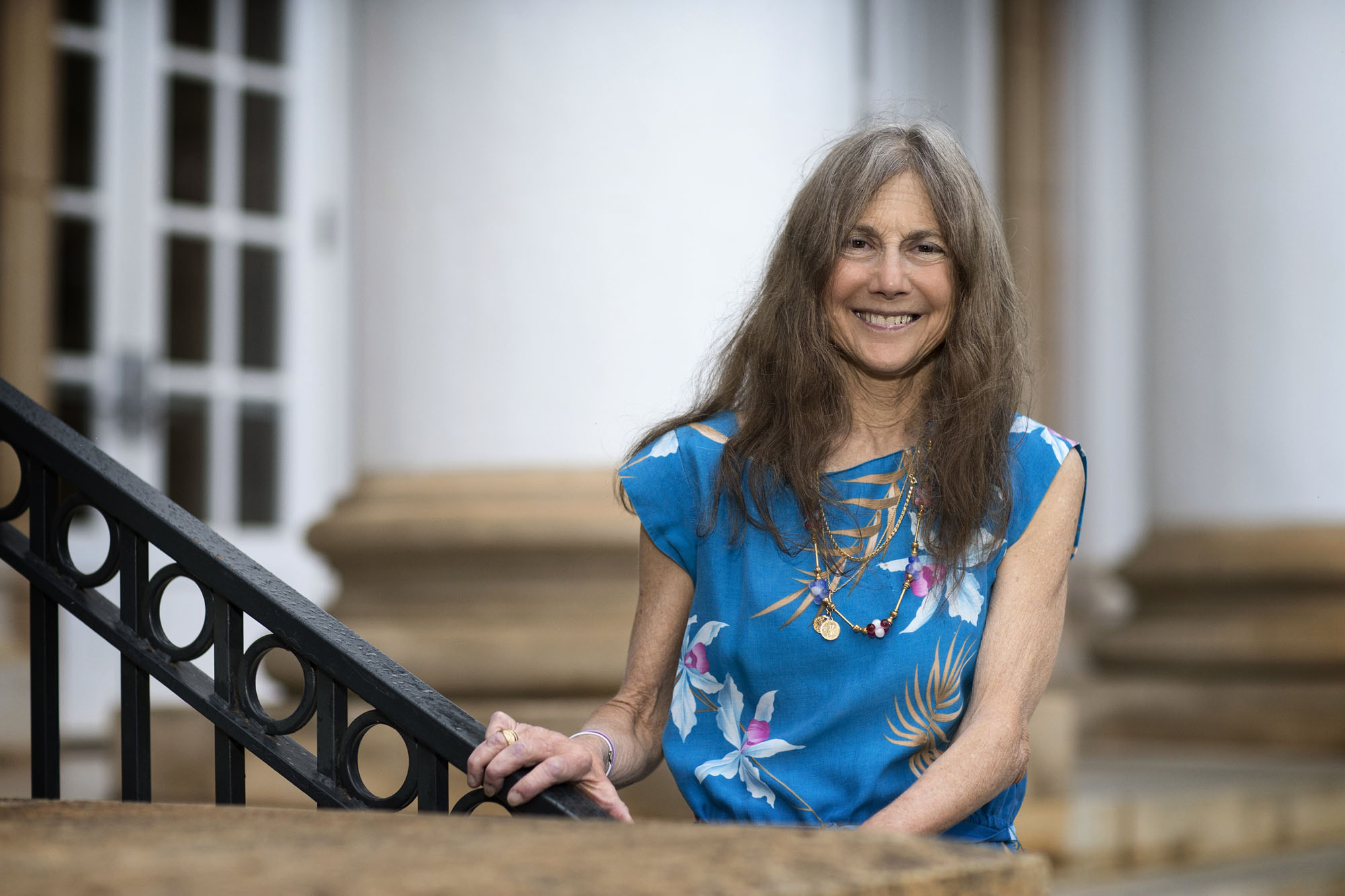As part of a national collaboration to strengthen the scientific basis for forensic evidence used in the criminal justice system, the U.S. Commerce Department’s National Institute of Standards and Technology, or NIST, has established a Forensic Science Center of Excellence focused on pattern and digital evidence. The University of Virginia is a partner in the center, which will be based at Iowa State University and funded by up to $20 million over five years.
Researchers will focus on improving the statistical foundation for fingerprint, firearm, toolmark, dental and other pattern evidence analyses, and for computer, video, audio and other digital evidence analyses.
U.Va. statistician Karen Kafadar, professor and chair of U.Va.’s Department of Statistics, will direct U.Va.’s role in the research. She is an expert in data analysis with applications to physical, chemical, engineering and biological sciences, including genomics and forensic science. She serves on four National Academy of Sciences committees related to forensic science, chairs the American Statistical Association Advisory Committee on Statistics in Forensic Sciences, and is a member of NIST’s Forensic Science Standards Board.
“Statistics plays multiple roles in moving forensic science forward, in characterizing forensic analyses and their underlying bases, designing experiments and analyzing relevant data that can lead to reduced error rates and increased accuracy, and communicating the results in the courtroom,” Kafadar said. “With the involvement of faculty from the College of Arts & Sciences, the schools of Law and Nursing, the Quantitative Collaborative and the Data Science Institute, and in coordination with researchers at the other sites around the country, U.Va. has a huge opportunity for advancing forensic science in the U.S. and elsewhere.”
NIST and university scientists in the new center will develop tools to evaluate pattern and digital evidence analysis methods for how well they consider statistical modeling errors and uncertainties in measurement. This will allow forensic scientists to quantify the level of confidence they have in statistical computations made with these methods and the conclusions reached from analyses.
“U.Va.’s partnership in the new NIST Center of Excellence is an excellent example of how we are advancing on the research front through key new faculty members,” said Phil Parrish, interim vice president for research. “Karen Kafadar, who came to the University last fall, is an eminent scholar in statistics and forensic science. She has played a central role in bringing us into this partnership, which should offer significant research opportunities to U.Va. faculty in a number of disciplines across Grounds.”
“The creation of the Forensic Science Center of Excellence marks a significant milestone in the national effort to establish more rigorous, science-based standards and practices for forensic evidence analysis,” said NIST Director Willie E. May, under secretary of commerce for standards and technology. “The work of the center will help reduce measurement errors and increase confidence in the results achieved with improved statistical tools and methods.”
The center also will develop and implement an education and training program to ensure that judges, lawyers and forensic science investigators can effectively decipher the results of statistical analyses on pattern and digital evidence.
At present, only DNA forensics has a strong, science-based statistical foundation for accuracy, reliability and data interpretation that supports its use as evidence in criminal court cases. The work at the center will complement NIST’s own multidisciplinary research program in forensic science, as well as collaborative work with the Department of Justice.
“Involvement in this center of excellence puts U.Va. at the forefront of the exciting new changes that are happening to increase scientific rigor in forensic disciplines outside of DNA, and I am thrilled that Karen’s work and persistence has resulted in our inclusion in this award,” said Joan Bienvenue, director of U.Va.’s Applied Research Institute and a forensic scientist.
“Forensic science plays a critical role in solving crimes, bringing perpetrators to justice and safeguarding the innocent from wrongful convictions,” said U.S. Deputy Attorney General Sally Quillian Yates. “With its focus on pattern and digital evidence, the Forensic Science Center of Excellence will be an invaluable tool for defendants, prosecutors, judges and everyone involved in the criminal system.”
Joining U.Va. and Iowa State as institutional members of the new center are Carnegie Mellon University and the University of California, Irvine.
Media Contact
Article Information
June 2, 2015
/content/uva-partners-new-effort-improve-statistical-analysis-forensic-evidence

